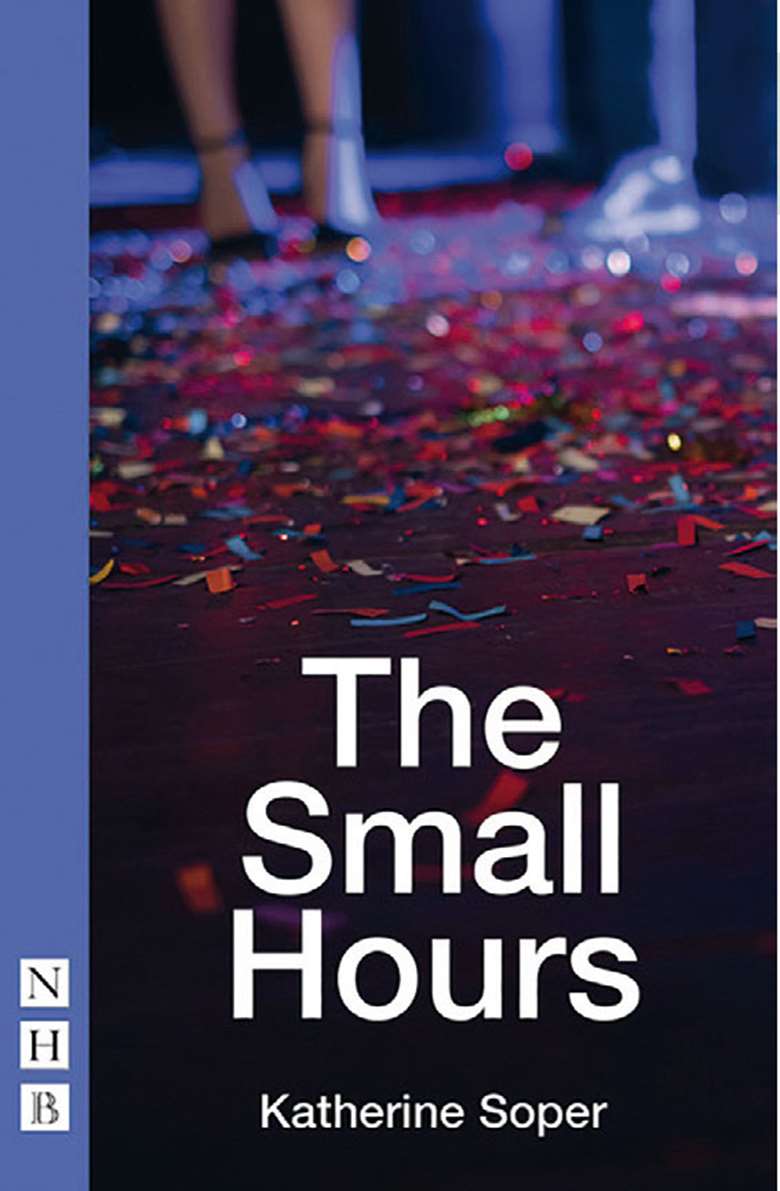The Small Hours by Katherine Soper
Vickie Smith
Sunday, March 1, 2020
A great text for exploring narrative structure and characterisation with KS4/5 students. Published by Nick Hern Books

The Small Hours is a short play with a running time of 45 minutes and was originally written for the 2019 National Theatre Connections Festival.
It is written for eight actors, although there are opportunities for other roles in the play, indicated by a dash. The eight characters have been given names; however Katherine Soper has indicated that the roles were written gender neutral so these can be adapted to suit your cast.
The play is well written and extremely accessible to students. The first half is very naturalistic, then it moves into a stylistic nature with lots of opportunity for choral work.
The play is very cleverly written, beginning with teenage characters and their adolescent experiences, after which we see them age through their life, until death. This would challenge students to show aging in a convincing way, both vocally and physically, and also allows students really to look at a character's journey and map the journey from adolescence to old age. There is a lot that can be explored in teaching or as a directed piece of theatre.
The book itself has a nice structure with a ‘Note on the Play’ at the start. Within this, Soper gives the reader key information including the structure of the play, locations and flexibility. This is a nice feature which gives you specific guidance on what you can and can't change, Soper is extremely flexible and is happy for edits to be made to suit location and casting decisions.
There are specific stage directions throughout which allow you to visualise what Soper's intentions are, and some ideas that she also throws in which might be nice to explore.
It does include strong language, so I would suggest exploring it with year 10 upwards.
All in all, this is a great play that would be great to explore in lessons with regard to structure and characterisation but also allows you to explore themes such as time, relationships, choices and perception.

